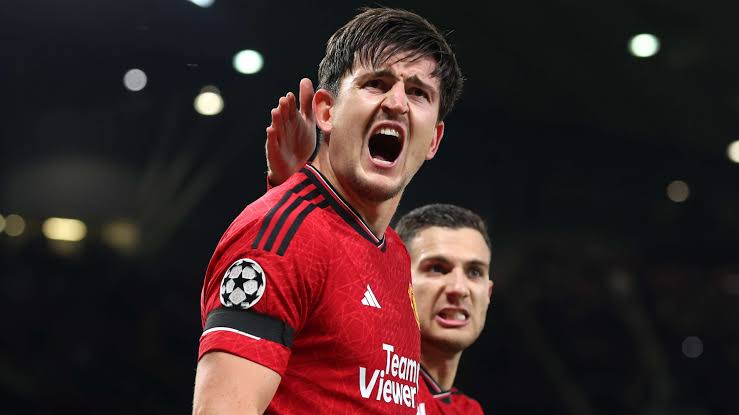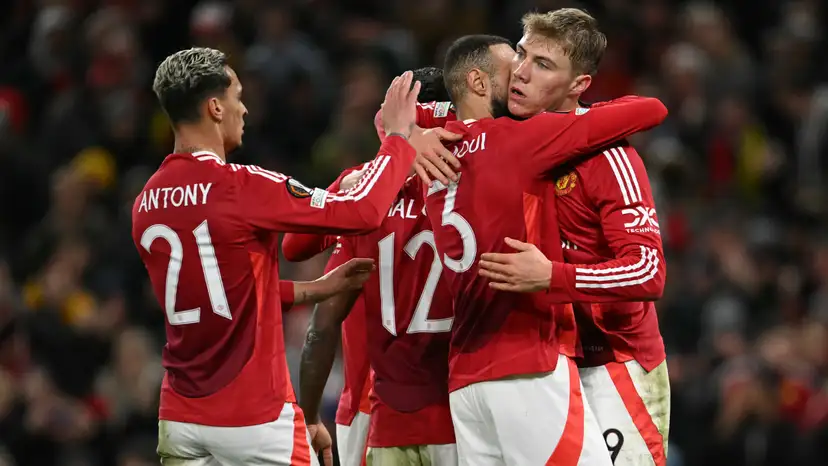
In football, the term “Big Game Player” is often used loosely, almost mythically. It conjures the image of a player who scores in finals or produces match-winning moments whenever the stakes are highest. But the reality is far more nuanced. Not every high-profile player who scores in a cup final qualifies as a true Big Game Player, and not every consistent performer receives the praise they deserve.
A “big game” is any match where pressure is extreme, mistakes are magnified, and the consequences of failure are severe. This includes cup finals, major derby matches, Champions League knockout ties, or crucial international qualifiers. In these moments, every decision is scrutinized, every touch counts, and the mental and emotional demands on players are immense.
The traditional narrative simplifies the concept: a Big Game Player is someone who appears to always rise to the occasion, producing goals or assists in high-profile matches. While this is part of the story, it is not the full picture. True Big Game Players are defined by measurable changes in performance under pressure. They are distinguished not by luck or occasional flashes of brilliance, but by consistent composure, decision-making, and psychological resilience when the stakes are highest.
Big Game Players are defined by traits that often go unnoticed in simple statistics. Under high-pressure conditions, even elite athletes can make mistakes if they lose clarity. True Big Game Players maintain or even reduce their rate of errors, avoiding misplaced passes, turnovers, or poor decisions. They process the game quickly and select the right solution, whether that is a shot, a pass, or a defensive action, instead of freezing or taking a safe but ineffective option.
Pressure in football can be crushing, but Big Game Players thrive in it. They perform well in moments of anxiety, showing persistence and the willingness to demand the ball even after previous mistakes. A prime example is Kylian Mbappé, who struggled with form at the start of the 2024/25 season after his move to Real Madrid. His finishing and rhythm dipped, and he faced tactical and mental challenges. Yet his underlying class, speed, movement, dribbling, and football intelligence, allowed him to regain influence on the pitch. This illustrates that Big Game Players combine skill with the mental capacity to recover quickly from temporary dips. Another key attribute is their influence on others.
Big Game Players act as tactical and emotional anchors, providing reliable outlets and stability for teammates who may be struggling under pressure. Their presence reduces collective anxiety and allows the team to perform closer to its full potential, even when individual players are underperforming. In short, Big Game Players are not just the ones who score or assist. They are athletes whose decision-making, resilience, and influence elevate the team precisely when the stakes are highest.
Big Game Players come in different forms, depending on how they impact high-stakes matches. Some players save their best performances for heated rivalries and traditional derbies, consistently rising to the occasion regardless of seasonal form. Lionel Messi, for instance, frequently delivered decisive contributions in El Clásico, producing goals and key assists in high-pressure moments, particularly at the Bernabéu.
Certain players thrive in multi-game elimination formats, where every decision carries enormous consequence. Cristiano Ronaldo exemplifies this, with critical goals and hat-tricks against top rivals in Champions League knockout rounds, demonstrating consistency under extreme pressure.
Some are defined by scoring pivotal, match-winning goals in finals or single-game trophies. Didier Drogba scored key goals in multiple cup finals, including the decisive penalty in the 2012 Champions League Final, embodying the archetypal “closer.”
However, not all influence comes from scoring. Some players dominate games tactically, controlling midfield or defense, reducing errors, and limiting the opposition’s opportunities. Paolo Maldini, Toni Kroos and Sergio Busquets provide tactical stability, consistently performing at a high level throughout finals, maintaining composure where others might falter.
Modern football has introduced a new style of Big Game Players, who combine traditional traits with pace, creativity, and technical daring, impacting high-pressure games in ways that were less common in previous generations. These players influence games not only through scoring but by creating chances, breaking lines with dribbles, and exploiting rapid transitions. Vinícius Júnior, for example, has made decisive contributions in El Clásico and Champions League finals, using dribbling and timing to destabilize defenses. Kylian Mbappé thrives in knockout stages and international competitions, with speed, movement, and intelligence allowing him to perform under pressure.
More recently, Raphinha contributes creatively in high-stakes matches, taking risks and producing high-value opportunities, while Lamine Yamal is already showing composure and technical impact in key games. These modern stars redefine clutch performance by combining skill, speed, and tactical awareness. Their presence alters the game’s tempo, forces defensive adjustments, and elevates teammates, demonstrating that influence under pressure is not limited to scoring goals.
While goal-scoring and highlight moments dominate the narrative of Big Game Players, this can create misconceptions about who truly performs under pressure. Statistics often focus on goals and assists because they are easy to quantify, but this ignores the critical contributions of defenders, goalkeepers, and deep-lying midfielders. These players may maintain composure, make decisive interceptions, or control the tempo, all under immense pressure, actions that rarely make headlines but are crucial for team success.
On the flipside, players are sometimes unfairly labeled as “chokers” when a small number of errors occur in finals or knockout games. Media narratives can amplify these mistakes, overshadowing years of consistent, high-pressure performance. A single poor game does not negate the ability to perform in big matches consistently.
Another thing to note is that pundits and journalists often apply the “clutch” label retrospectively, attributing success to mentality rather than measurable contributions. For example, a player’s decisive goal in a final might be celebrated as proof of mental strength, while the underlying positioning, decision-making, or tactical work that created the opportunity is overlooked. This bias reinforces popular perception without fully analyzing performance under pressure.
The essence of a Big Game Player is maintaining a high floor under pressure while occasionally raising the ceiling to produce legacy-defining moments. True impact is measured not only by scoring or assists but by efficiency, how few chances they require to convert, how few errors they make, and how effectively they influence the team. Beyond technical output, the biggest contribution of a Big Game Player is emotional.
Their presence stabilizes teammates, reduces collective anxiety, and allows the team to perform at its full potential. Ultimately, Big Game Players are more than just goal-scorers. They are composed, resilient, and strategically influential athletes who thrive when it matters most. They combine measurable performance with the ability to elevate those around them, defining football matches and, often, entire legacies.








